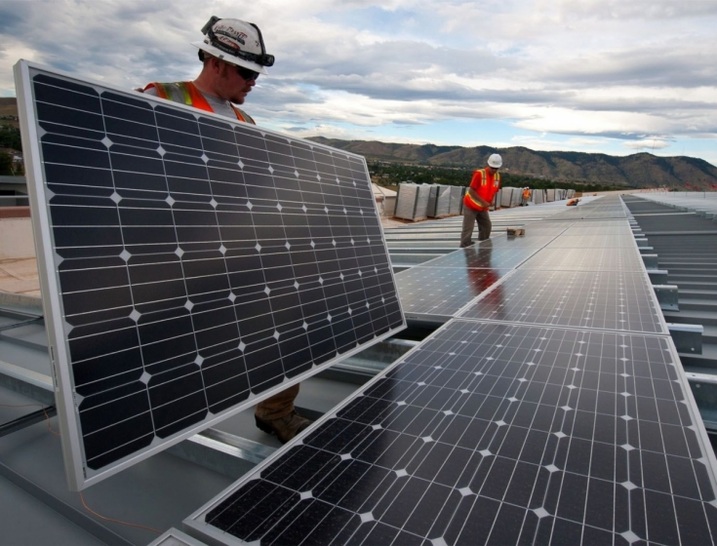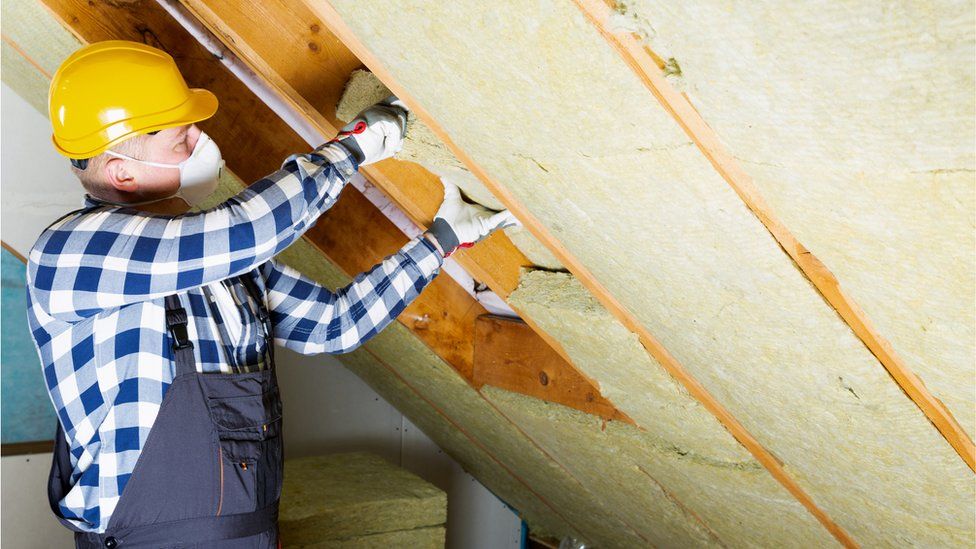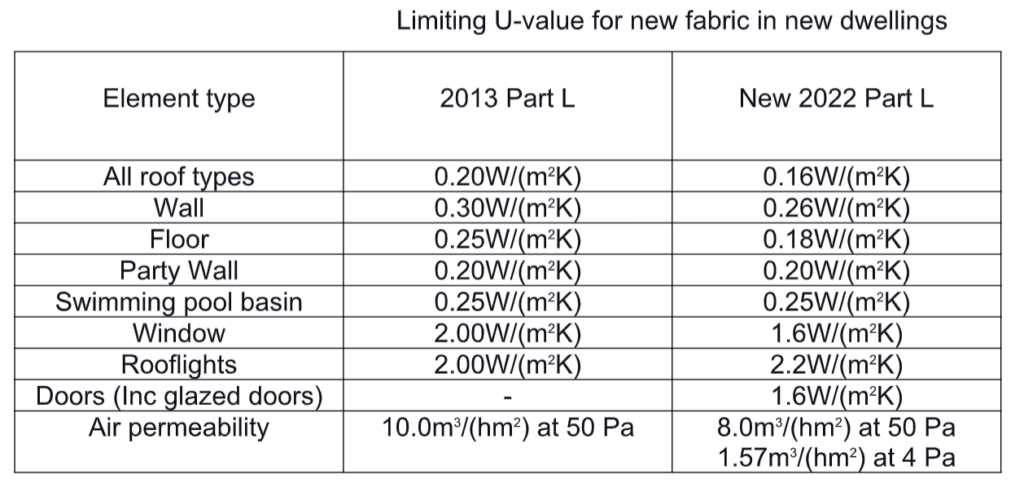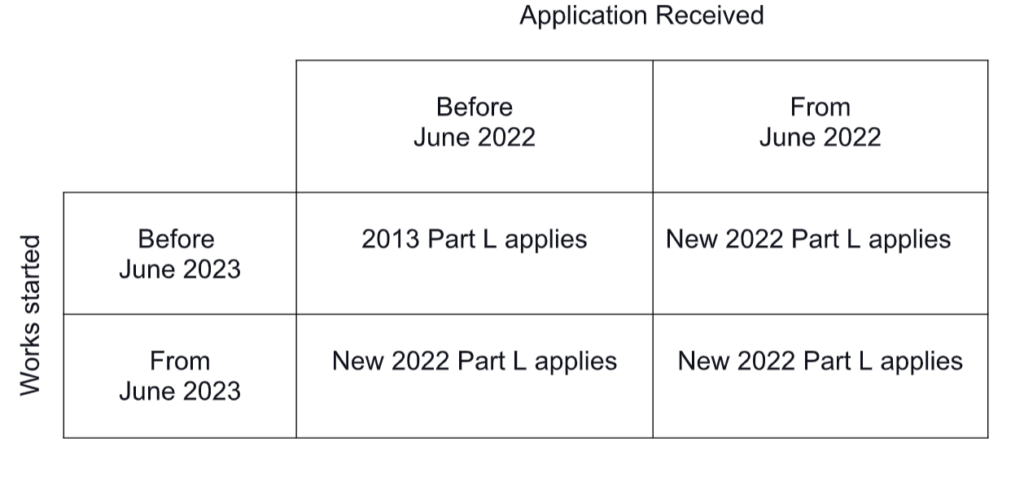Ben Hardy – Part II Architectural Assistant
What is Part L?
At PLACE Architects we are keen to tackle the challenges of sustainability met in the construction industry. We need to keep up to date with the developments in the regulations that help to encourage change and give us new targets as set out in the new Part L publication. Part L of the Approved Documents covers the energy performance of buildings setting out standards that need to be met in both the domestic and non-domestic settings. Failing to meet these standards will mean your project will not pass building regulations so it is vital to abide by these standards.
A summary of the changes
The new Part L is a stepping stone towards meeting the future homes standard 2025 which is part of the government’s strategy to bring all UK emissions to net-zero by 2050. These changes are a step up to the current standards set out in 2013, aiming for around a 30% reduction in CO2. This will cause an important movement in the standard of buildings we design; this blog post is a summary of some of these key changes.
Increased efficiency standards

All new homes will be required to meet the target primary energy rate, target emission rate and target fabric energy efficiency rate. This will be done through your SAP & SBEM which is the assessment procedures to understand the energy performance in dwellings & non-dwellings. There is a revised assessment calculation tool that is influenced by fuel and fabric and will therefore be harder to pass. This means additional measures may need to be introduced to meet them.
A key cause for additional measures will be gas heating. Although gas heating is due to be withdrawn completely in 2025, in the meantime new buildings with gas need to incorporate the following measures to help satisfy your SAP & SBEM:
- Wastewater heating recovery to ALL showers
- Heating systems flow temperature is to be NO more than 55 degrees C
- Photovoltaics – proportional to the ground floor area (e.g., 50m2 GFA will require 3kWpeak solar panels equal to approx. 18m2 (assumed to SE/SW orientation)
An uplift in fabric insulation standards

The new document has slightly tightened the minimum U-value on elements and notional targets. Below shows the changes to the minimum:

The above table applies to both existing and proposed dwellings however there are different changes towards non-domestic buildings. These changes will cause changes in the cost of projects by increasing thicknesses of elements, potential triple glazing and a more considered approach at junctions to meet the new air permeability targets.
When will the changes come into force?
The changes have already been issued in December 2021 and will come into force in June 2022. However, there is a transitional period that allows use of the 2013 regulations as shown below.

What this means is that if you have your building regulations application submitted before June 2022 and works start on site before June 2023 you can use the 2013 standards in your project.
You can read more about the chnages on the government website here.

Written by Ben Hardy
Ben joined Place in 2021 after completing his Masters in architecture and is now planning to complete his Part 3 qualification and become an architect.

